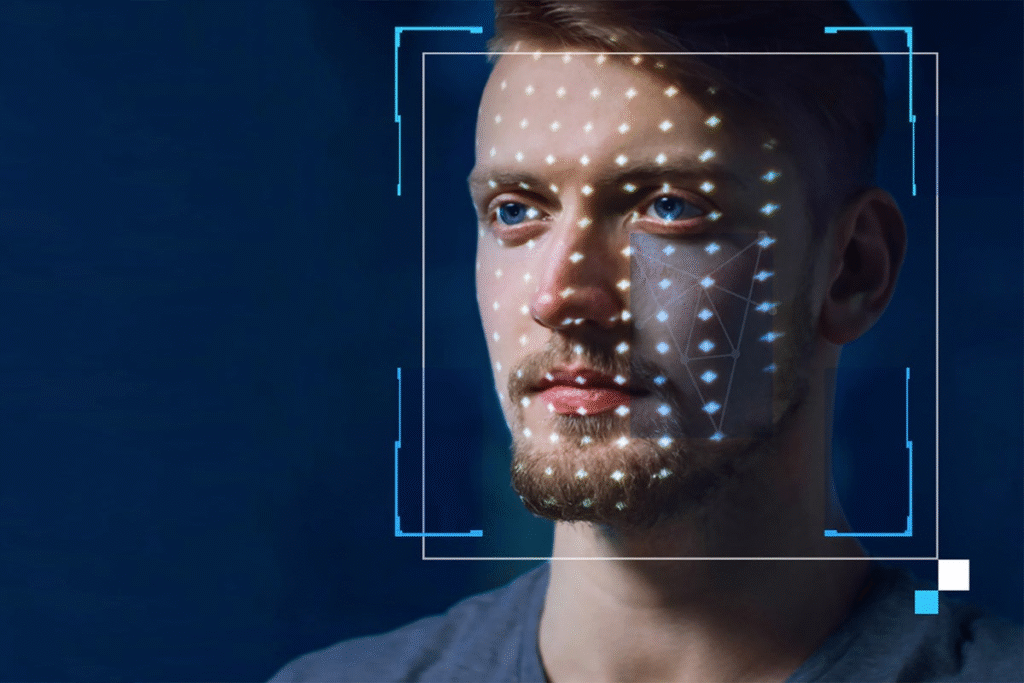
In the modern world of digital-first, firms and organizations are moving at a high rate towards online communication to deliver smooth services. It is no matter whether it is banking, healthcare, e-commerce, or government service the necessity to check identities remotely has never been more significant. Although facial recognition is currently a trending authentication tool, it is also confronted by significant challenges as far as preventing fraud is concerned. This is where the software of liveness detection is involved. It also provides a significant level of authentication whereby the individual to be authenticated is physically present in real time and not a photo, video or electronic copy.
Why Facial Recognition Alone Isn’t Enough
Facial recognition has transformed the authentication process in that a user is able to unlock devices, access services as well as even perform financial transactions by simply glancing. Nonetheless technology has evolved and so has the way in which people are being deceived. Scammers usually strive to deceive the facial recognition systems using print or recorded video or advanced deepfake technology.
Facial recognition systems are susceptible to such spoofing attacks without any protection in place. Suppose, somebody is holding on to a high resolution picture of your face in order to reach your online bank account. This prospect indicates the weaknesses of using facial recognition as a sole requirement. Although it is right in the aspect of matching the face features, it is not always able to determine whether the face that it is examining is of a live person or just a manipulated image. This has made liveness detection no longer optional but necessary.
What Is Liveness Detection?
Liveness detection is the technology which is aimed at distinguishing between an actual, alive human face and a simulated one. It is used together with facial recognition systems to check not only the identity but also the authenticity of the presence. In essence, it provides the answer: the question: is it a real person who is now sitting in front of the camera?
The technology works with sophisticated algorithms and senses to detect subtle cues which can ascertain a live human interaction. This can be in terms of micro movements of the eyes, variations of skin texture in various lighting situations or even the 3D depth of the face. With these attributes studied, liveness detection guarantees the entry of only real users to sensitive systems.
Types of Liveness Detection
Liveness detection has two general approaches being passive and active.
Active liveness detection involves the user executing some activities in the authentication procedure. As an example, a program can request the user to blink, move their head or smile. These communications are evidence that the individual before the camera is alive and communicating instantly.
Passive liveness detection on the other hand is silent and operating behind the scene. It is able to scan video streams, bounces, and faces without any intervention of the user. The approach provides a frictionless experience, which is especially applicable to such an industry as banking and e-commerce where user convenience is as valuable as security.
Each of the two practices has its advantages, and currently, most modern systems use a mix of the two to offer both security and the user experience.
The Role of Liveness Detection in Combating Fraud
Hackers never stop creating new methods of circumventing security measures. Dee fake videos, 3D masks and more, the attackers employ advanced methods to thwart facial recognition. Liveness detection software serves as a protective measure against this kind of efforts wherein only true humans can be allowed to go through identity verification checkpoints.
Liveness detection is especially essential in such industries as finance where identity fraud may cause enormous losses. As an illustration, in digital onboarding at a bank, the software would make sure that the individual opening an account is physically present and not a fake user or a faker, using stolen documents and fake pictures to impersonate the student and take the test. liveness detection will ensure that the registered student is who he claims to be, not an impersonator.
Benefits of Liveness Detection Software
The implementation of liveness detection software has other benefits other than security. To businesses, it gives them confidence with the customers as it safeguards their identities and financial resources. To the users, it gives them the assurance that their personal data is not exposed to fraud.
Also, liveness detection enhances the adherence to regulatory provisions. There are a wide range of industries that are required to comply with strict Know Your Customer (KYC) and Anti-Money Laundering (AML) requirements, particularly the financial services sector. Organizations can use liveness detection together with face recognition to achieve these compliance requirements and at the same time simplify the process of onboarding.
The Future of Identity Verification
The need to have secure digital interactions will keep on increasing. Along with the advancement of artificial intelligence and biometric technology, the threats of these technologies will also be increasing. One example is Deepfake technology, which has grown more convincing, leaving the question of the credibility of facial recognition by itself.
Liveness check will become the focal point of identity check in the future. As machine learning advances, they are more precise, quicker, and get less invasive. The solution is shifting towards those that offer maximum levels of security and do not impinge on user convenience. The main reason is that soon, liveness detection will become a common functionality of every biometric authentication system that will guarantee secure and comfortable online experiences.
Conclusion
Digital transactions and online interactions rule the world; therefore, the significance of safe identity verification cannot be overestimated. Facial recognition has been found to be a potent weapon yet individually it can be abused. Through the use of liveness detection software, organizations can seal that loophole and only real and live people have access to sensitive information and services.
Such a combination of facial recognition and liveness check does not only increase security, but also promotes business-user trust. With the advanced methods of frauds, these technologies will play a pivotal role in ensuring the digital ecosystem is secure and forms the way into a safer digital world.
